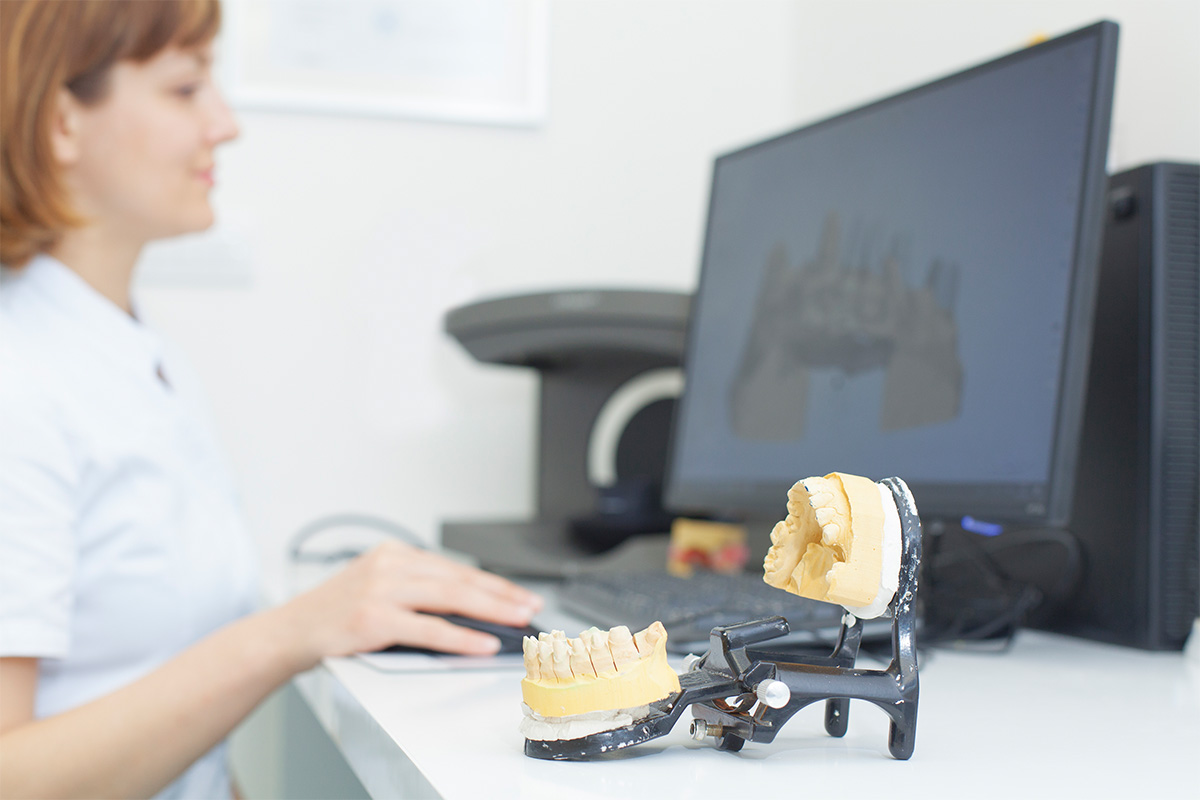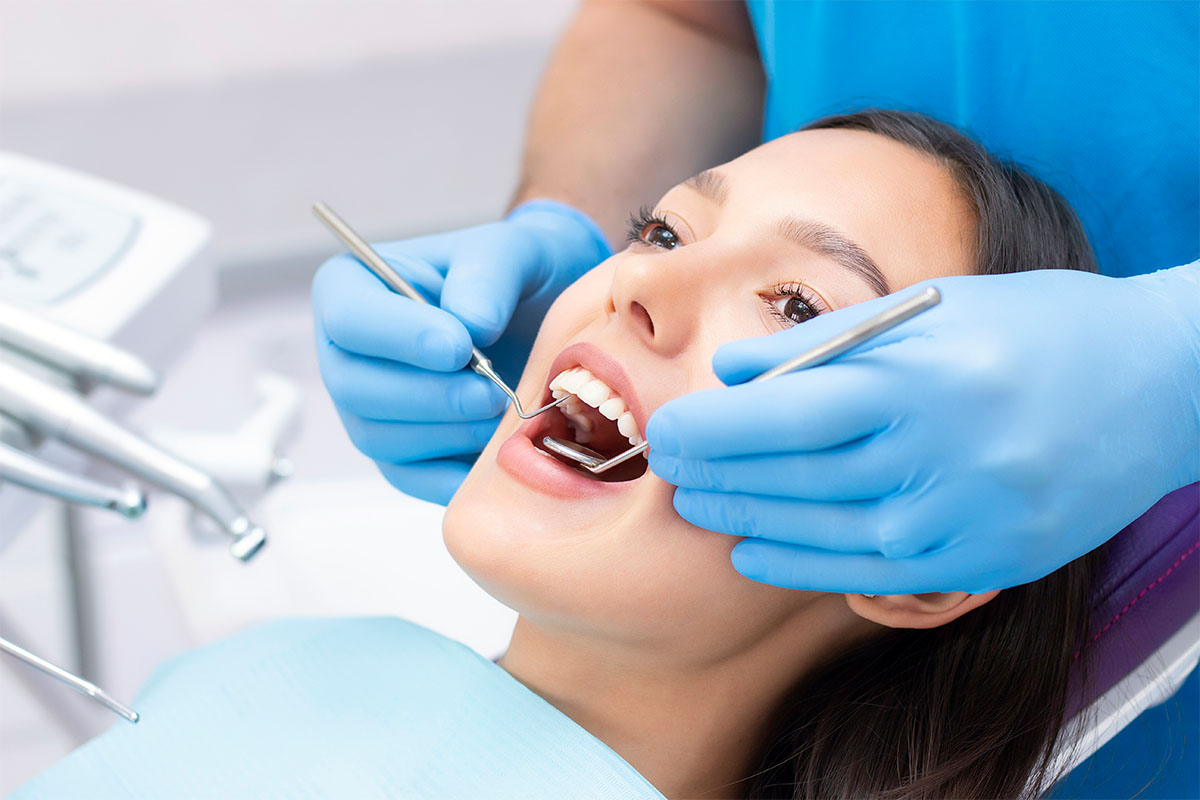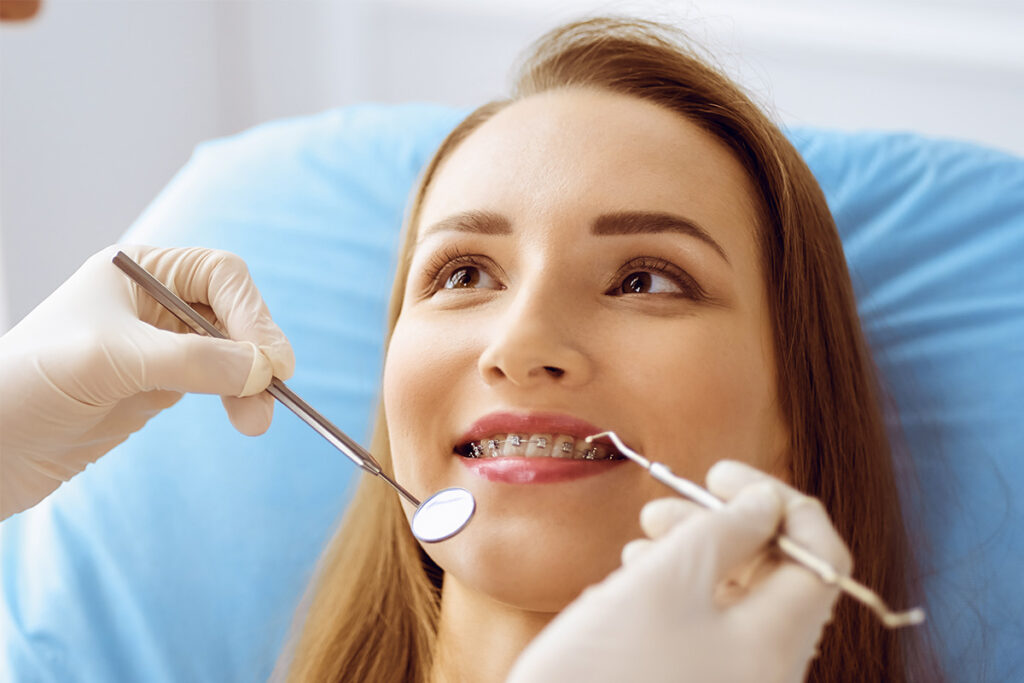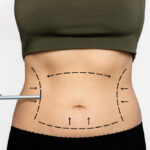Trends in Dental Treatment
The landscape of dental treatment is rapidly evolving with technological advancements and innovations, leading to more efficient, effective, and patient-friendly options. This blog explores the latest trends in the dental industry, providing a comprehensive Guide to Dental Treatment Options that can help patients and dental professionals alike stay ahead in providing superior oral care.

Artificial Intelligence in Diagnosis
Artificial Intelligence (AI) is making waves across various sectors, including dentistry. AI algorithms can analyze dental imaging faster and with greater accuracy than ever before, aiding in early detection of conditions such as tooth decay and gum disease. This technology supports dentists by providing them with a second opinion, thus enhancing the reliability of treatment plans suggested in your Guide to Dental Treatment Options.
Advanced Techniques in Dental Treatment
Modern Dental Treatment has transcended traditional boundaries, integrating advanced techniques that enhance patient comfort and improve outcomes. These include the use of laser dentistry, which offers a less invasive alternative to conventional surgery, minimizing pain and recovery time.
Teledentistry
Teledentistry has emerged as an important trend, especially highlighted during the recent global health crisis. It allows patients to receive dental consultations through video calls, reducing the need for in-person visits. This is particularly beneficial for routine follow-ups and minor issues, making dental treatment more accessible to those with mobility challenges or those living in remote areas.
Minimally Invasive Techniques
The shift towards minimally invasive dentistry is a trend that focuses on preserving original tooth structure and using biocompatible materials. Techniques such as inlays and onlays instead of full crowns, and preventive resin restorations instead of traditional fillings, are gaining popularity. These methods help maintain stronger and healthier teeth as part of effective dental treatment strategies.
Biocompatible Materials for Dental Restorations
The development of new biocompatible materials has significantly impacted restorative dentistry. These materials not only closely mimic the natural appearance of teeth but also integrate well with body tissues, reducing the risk of rejection and inflammation. Using these materials in fillings, crowns, and implants enhances the outcomes of dental treatment and is a major focus in current research.

Conclusion
The dynamic field of dental treatment is continuously evolving, driven by groundbreaking technological advancements and innovative methodologies. These emerging trends are transforming traditional dental practices, offering patients more effective, less invasive, and faster treatment options. From digital dentistry and 3D printing to the use of AI and teledentistry, the integration of these technologies into dental care is enhancing the precision of diagnoses and treatments while improving patient comfort and outcomes.
FAQ
- What is digital dentistry?
- Digital dentistry involves the use of digital and computer-based technologies to enhance the efficiency and effectiveness of dental treatments.
- How does 3D printing benefit dental patients?
- 3D printing allows for faster production of dental appliances like crowns and bridges with precise fit and reduced manual labor.
- Are laser dental treatments painful?
- Laser treatments are generally less painful than traditional methods, reducing the need for anesthesia and decreasing recovery times.
- How can AI improve dental diagnoses?
- AI can analyze dental images with high accuracy, helping in early detection and treatment planning.
- What is teledentistry and how do I access it?
- Teledentistry provides dental care remotely through digital communication tools, accessible via internet-enabled devices.
- What are minimally invasive dental techniques?
- These techniques focus on reducing tissue removal, preserving more of the natural tooth, and using less invasive methods to restore dental health.
- Why are biocompatible materials important in dentistry?
- They reduce the risk of allergic reactions and inflammation, improving the integration of dental restorations with body tissues.
- Can teledentistry replace traditional dental visits?
- While teledentistry is effective for consultations and follow-up visits, in-person visits are essential for procedures and detailed examinations.
- What advantages do lasers have over traditional dental tools?
- Lasers offer precision in cutting through tissue and can cauterize as they go, minimizing bleeding and infections.
- How often should I update my dental treatment options with new technologies?
- It’s advisable to consult with your dentist during regular visits to discuss updates in treatments that might benefit your specific dental needs.












